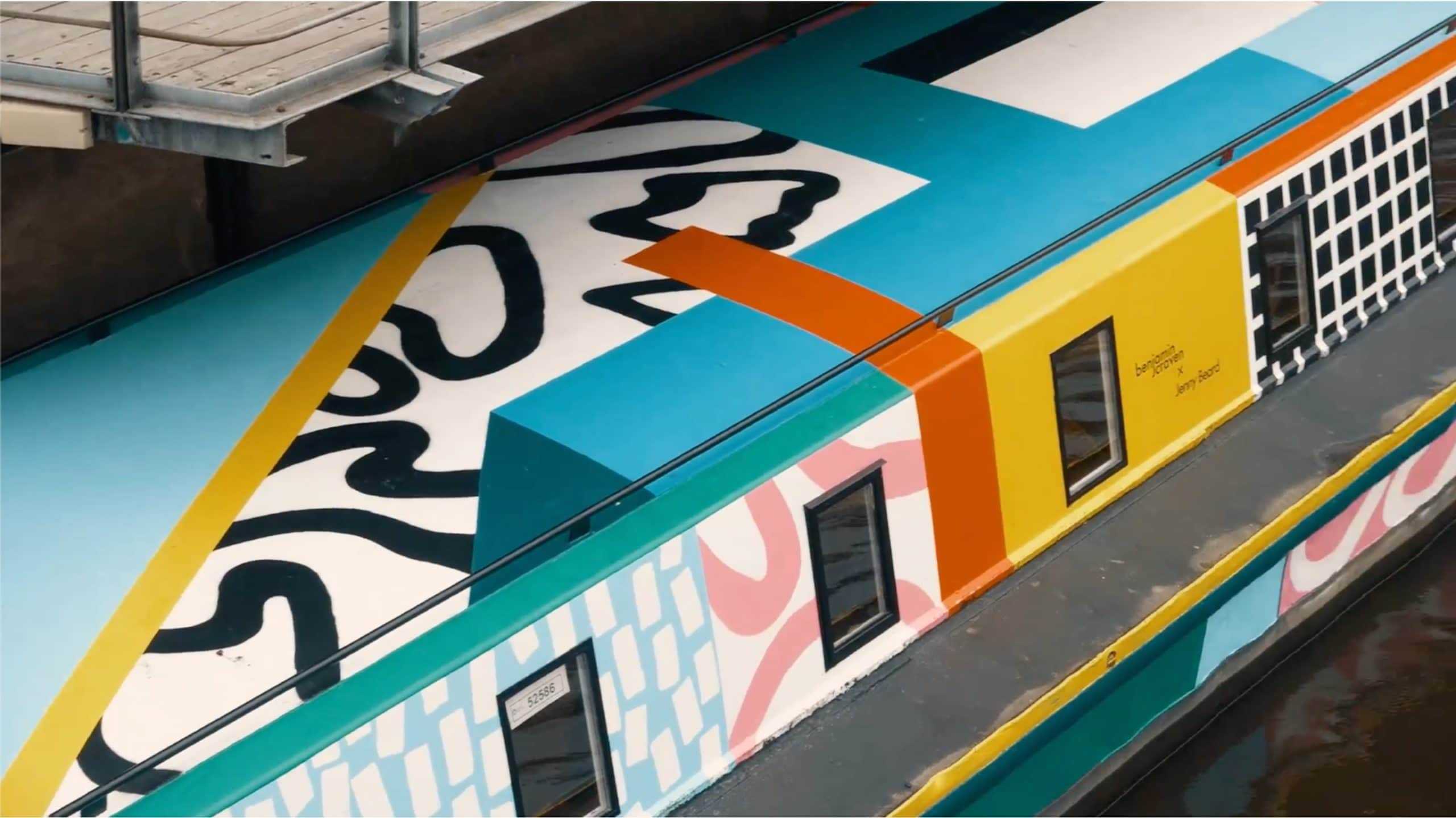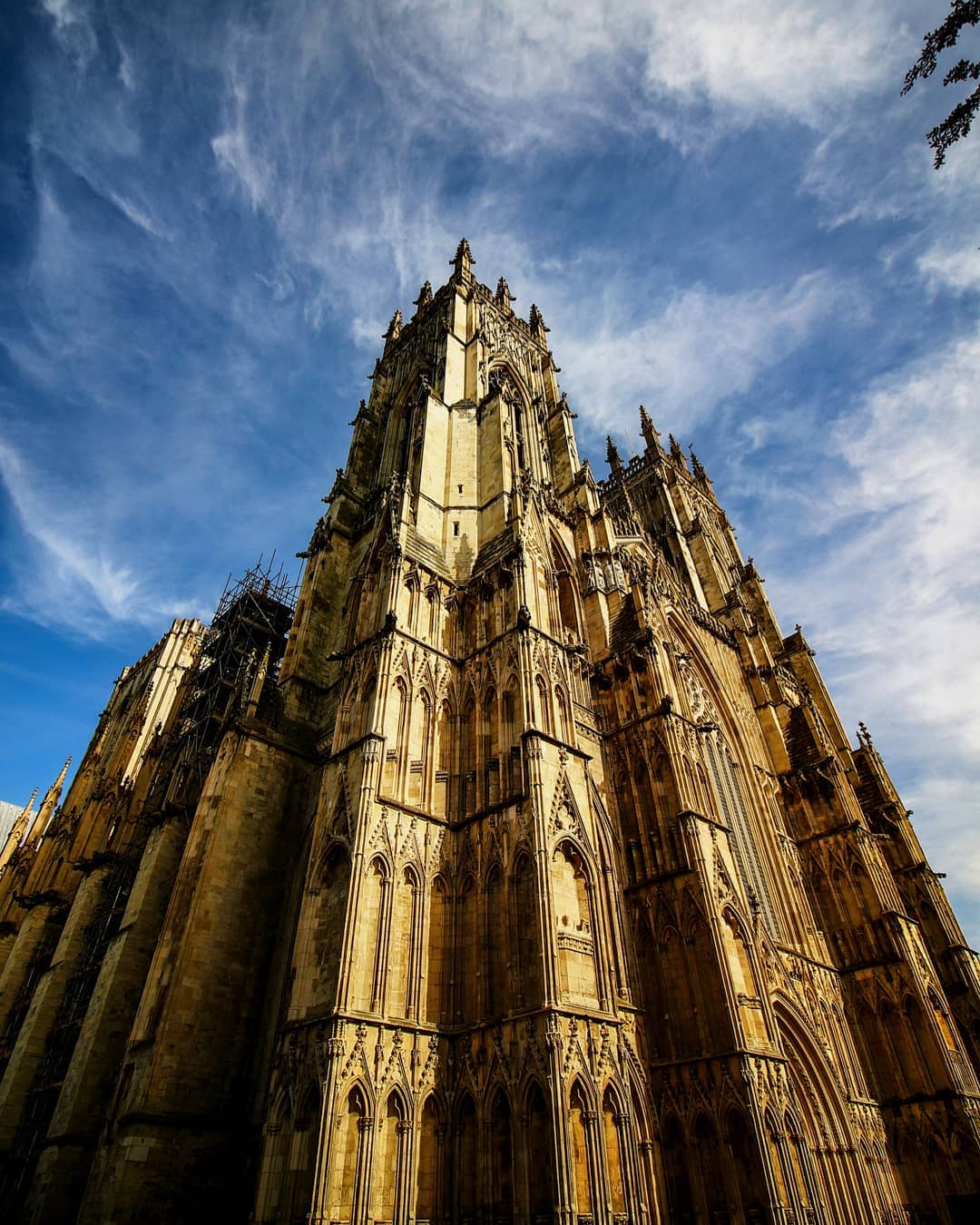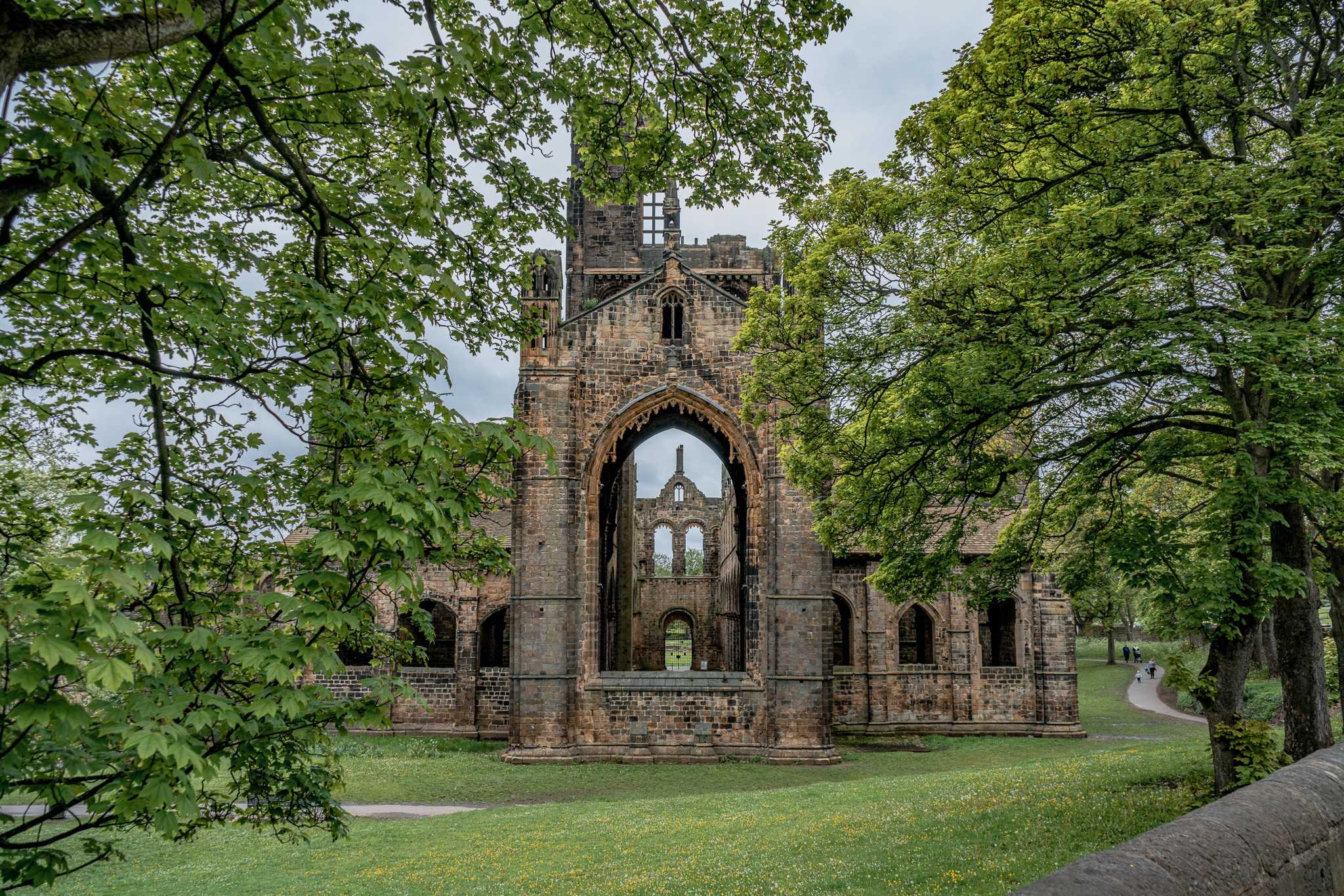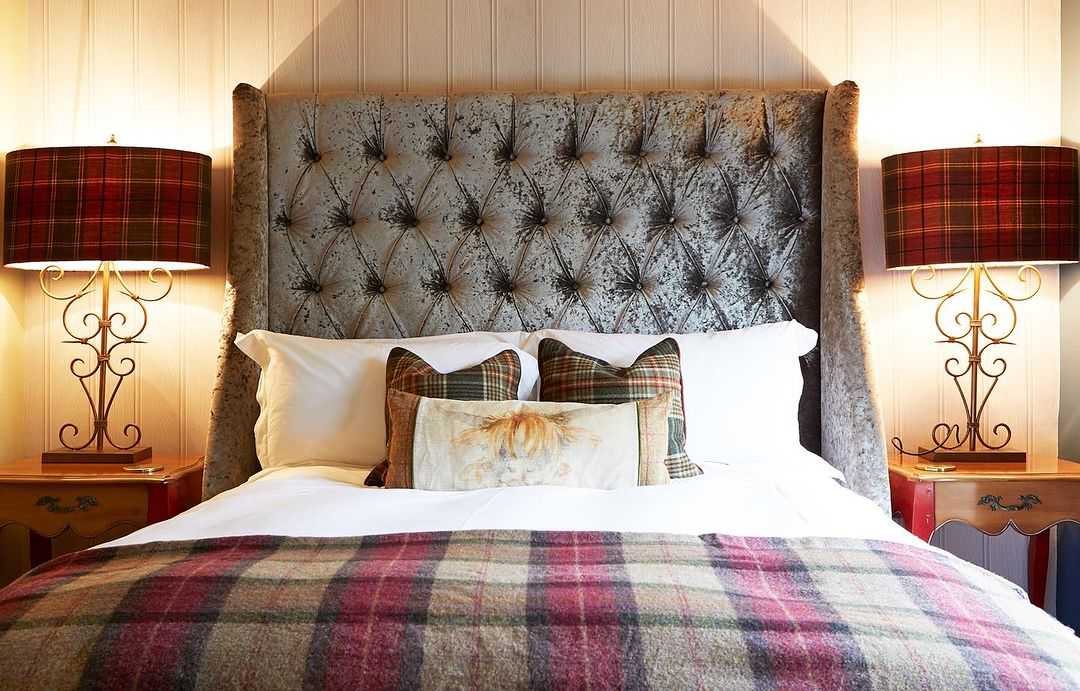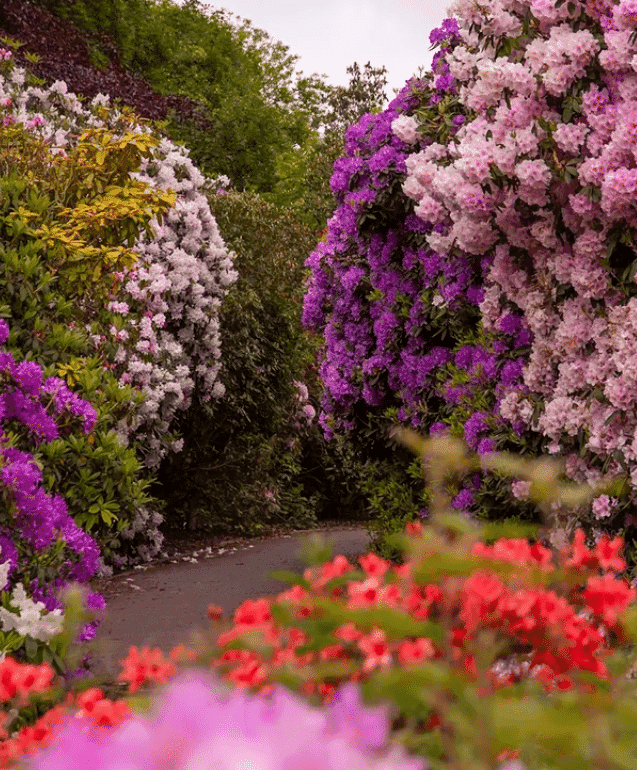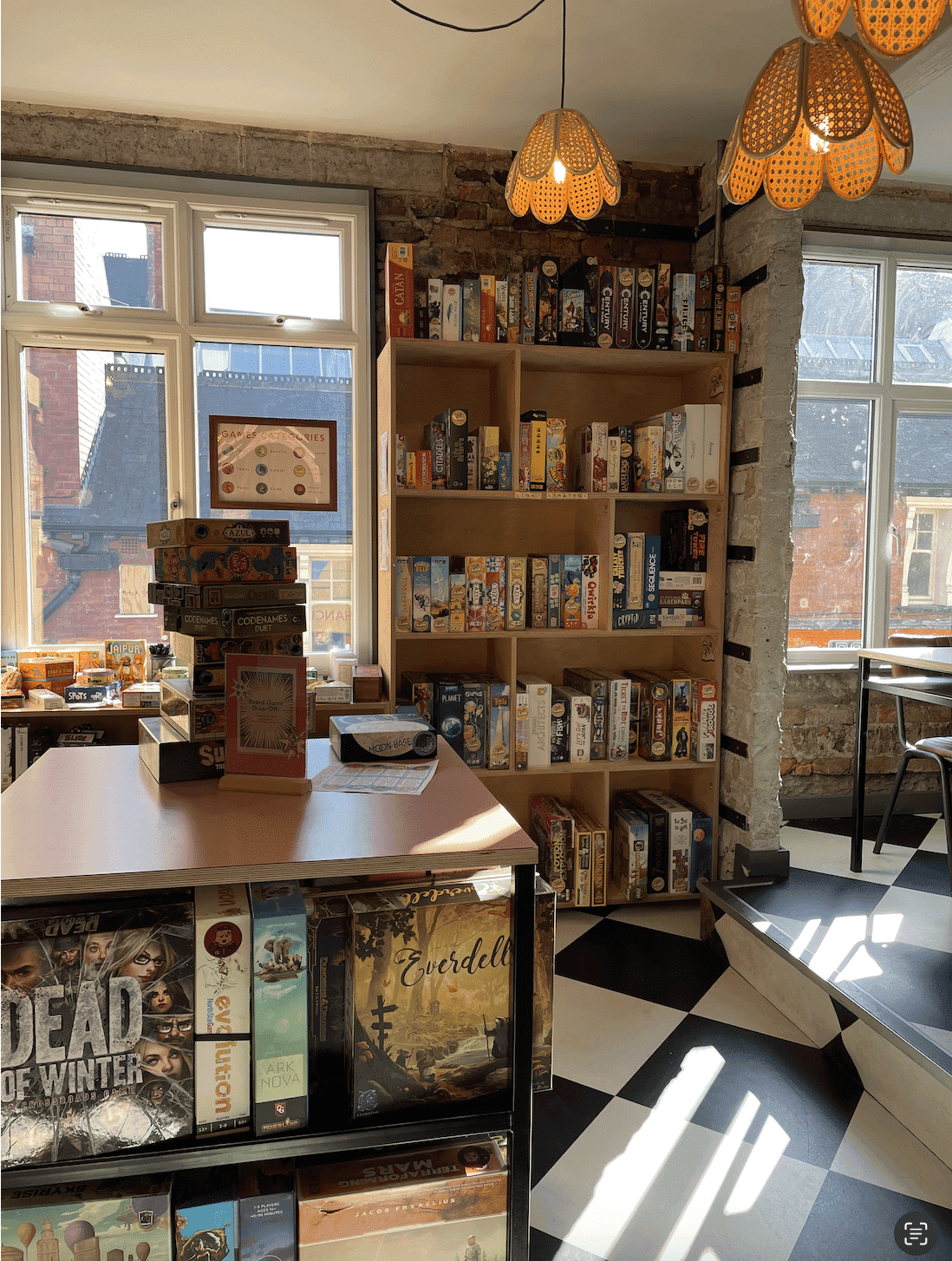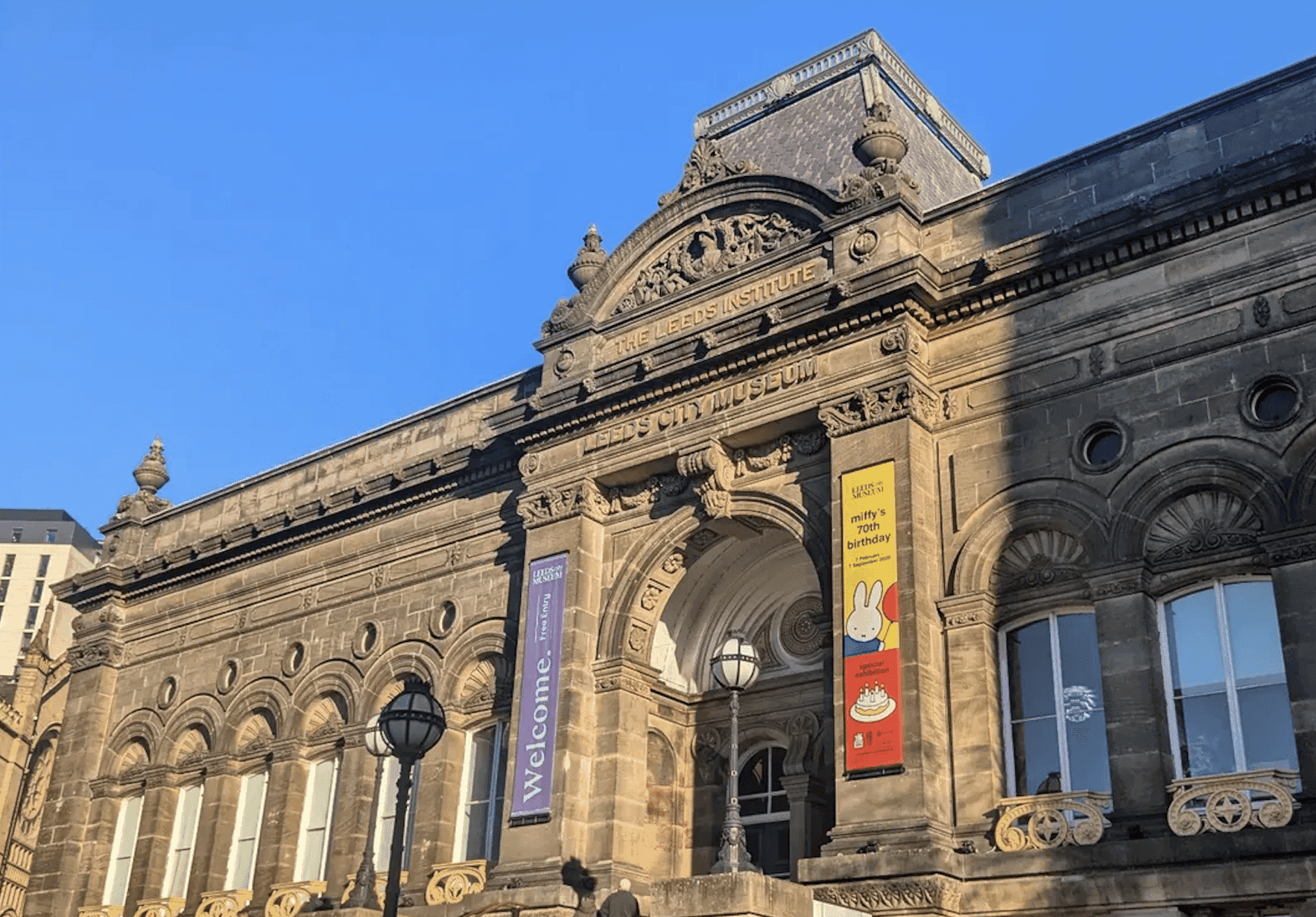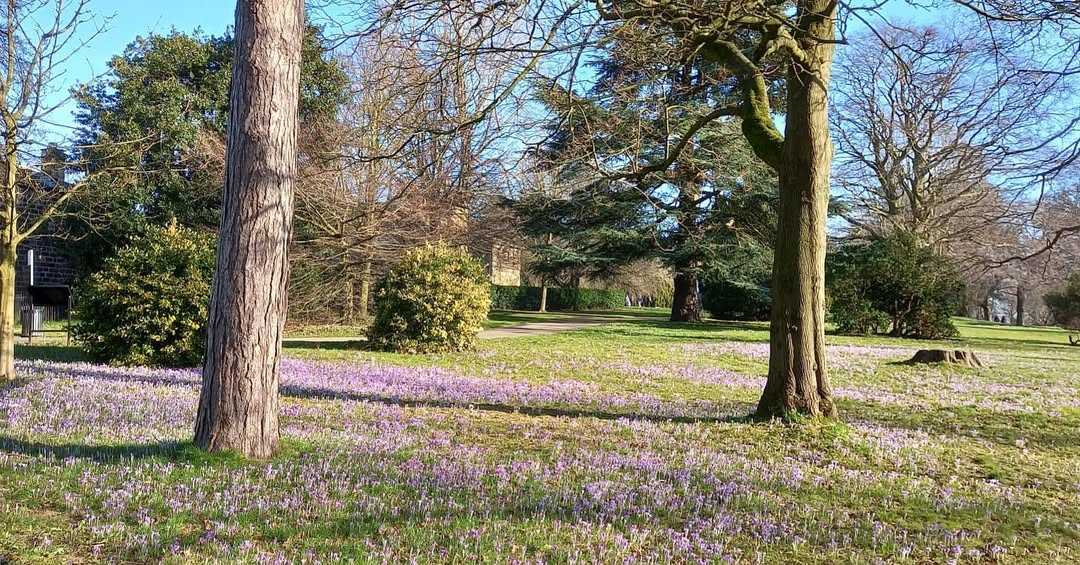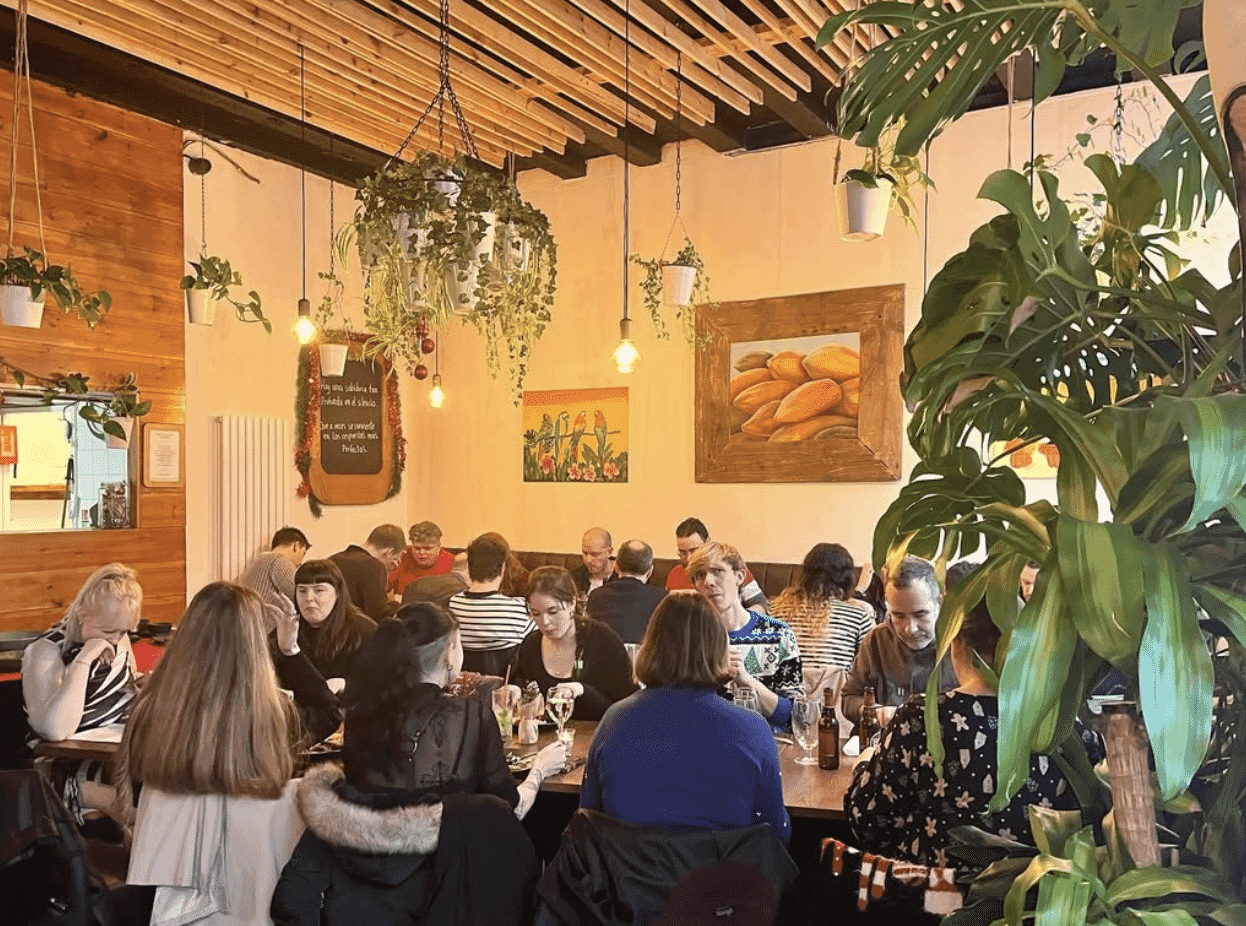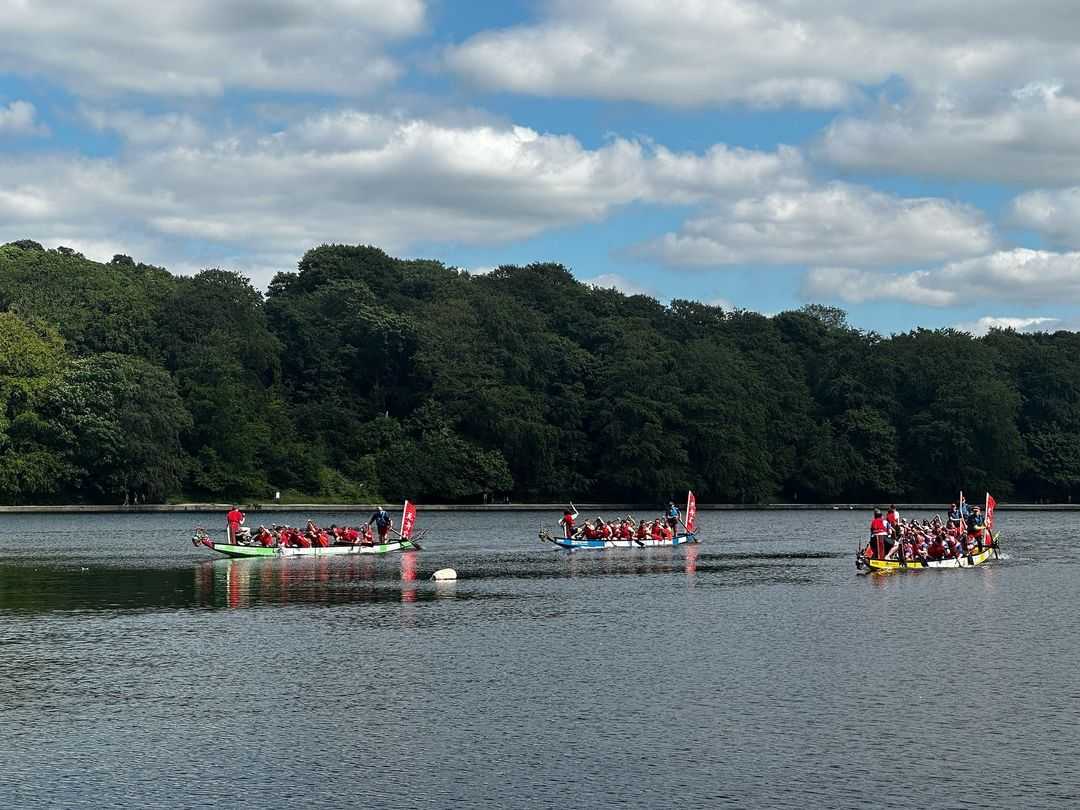Yorkshire has a rich, fascinating and long history, with many of their historic sites open to the public today. Visiting these sites and learning about their history in person has a much bigger impact than learning about them in class, online or in books. And with the summer holidays fast approaching, it’s the perfect time to explore Yorkshire’s heritage. So we found some great historic locations that you should visit this summer…
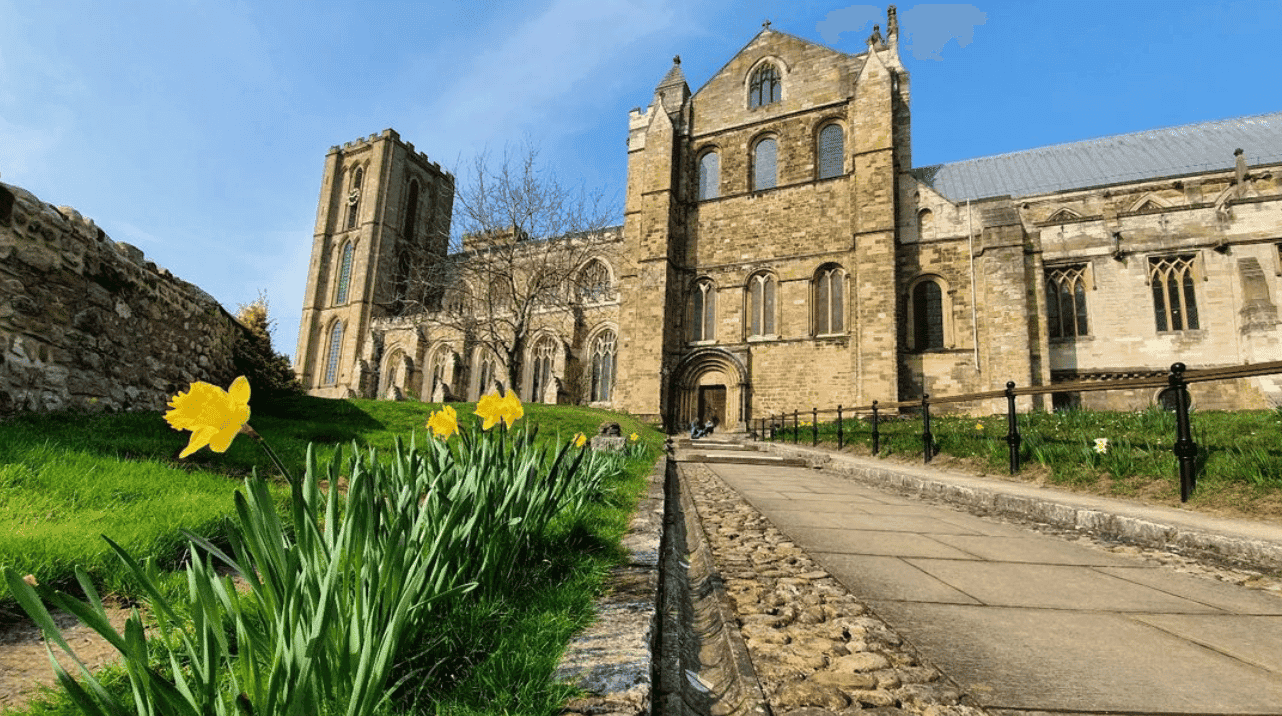
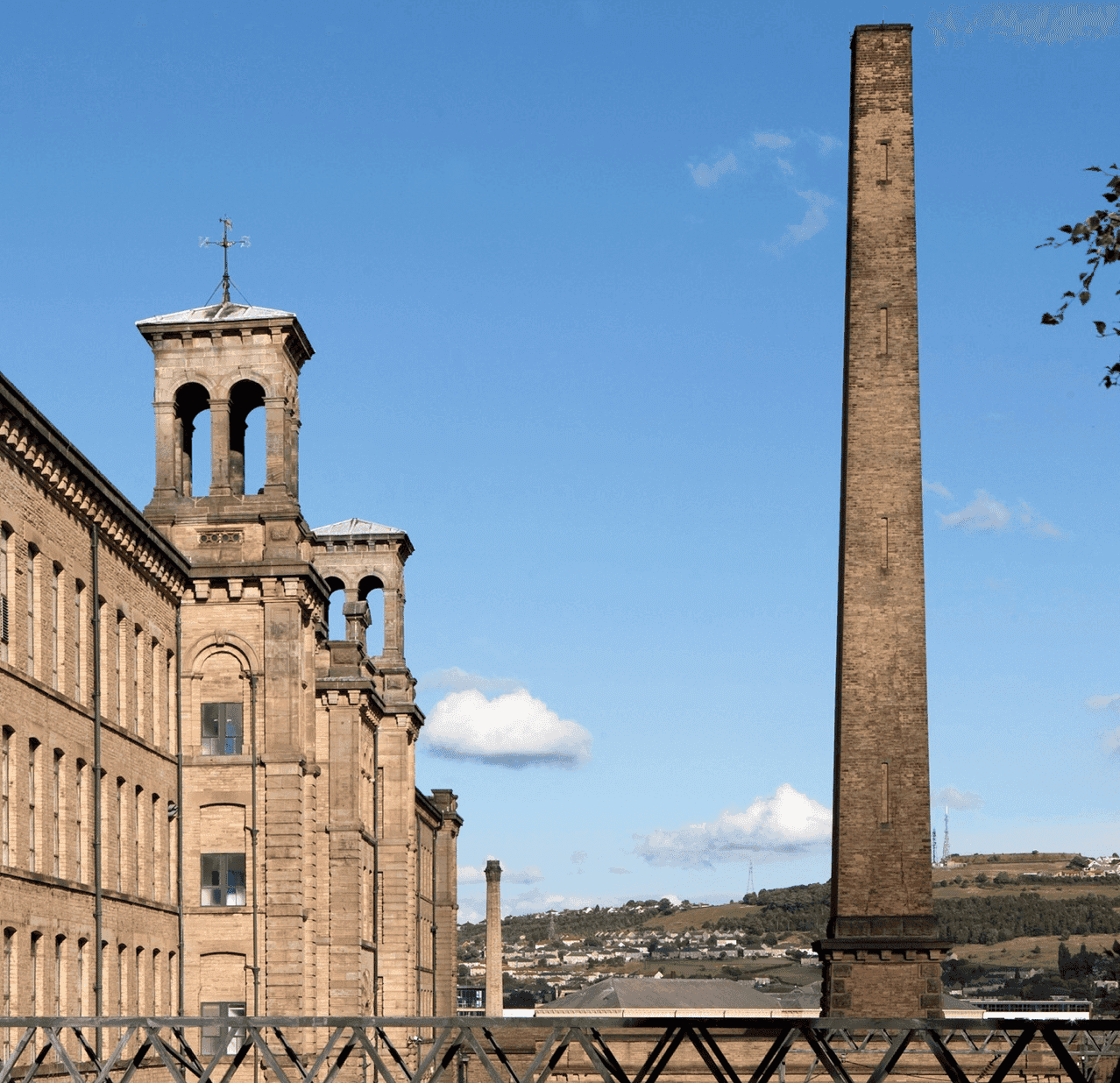
Ripon Cathedral
Founded in the year 672 by Sir Wilfrid, this magnificent church has been rebuilt many times across the past fourteen centuries. The church currently standing is the fourth to be built on this land with the only original section that remains being the Saxon crypt. Medieval wood carvings decorate the choir stalls, made by master craftsmen, which are said to have inspired Lewis Carroll. People have been continuing to worship here for over 1300 years and the cathedral welcomes everyone who would like to visit.
Kirkstall Abbey
The picturesque ruins of Kirkstall Abbey are some of the best preserved ruins of a Cistercian monastery in England. It was first founded in 1152 but was then later disestablished by Henry VII as a part of the Dissolution of the Monasteries. Kirkstall Abbey regularly holds events on the site and there is a Visitor’s Centre where the public are able to explore the history of the ruins. Leeds residents have free access to the ruins as long as they can provide proof of living in a Leed City Council postcode. Visitors living elsewhere will have to pay a small fee for entry.
Fountains Abbey and Studley Royal Water Garden
Fountains Abbey and Studley Royal Water Garden became one in 1762 when William Aislabie purchased the ruins to complete the garden his father had begun. The Abbey was once home to a group of monks but it was then disestablished by Henry VII, forcing them to leave. The breathtaking landscapes are a joy to explore with the beautiful gardens also being home to classical statues, follies and garden buildings for guests to enjoy. National Trust & English Heritage members can enter the grounds for free, but if not you will need to pay a fee for entry.
Skipton Castle Woods Walk
Hidden behind Skipton’s medieval castle is a rare woodland habitat dating back thousands of years. The woods is home to a diverse wildlife with many different species of animals, trees, plants and flowers. Its natural resources fuelled Skipton castle for hundreds of years. You can explore the site and enjoy the beauty of the woodlands by walking along the paths and trails available on maps at the site.
Salts Mill
Salts Mill was once a textile factory before it became the art gallery, shopping and dining complex that we know today. There are a variety of businesses set up in the mill, some which you can visit, and the art gallery where some of David Hockney’s work is on display. David Hockney’s largest picture, the exhibition A Year in Normandy, is a 90m long piece of art that is currently on display. Entry and parking for Salt’s Mill is free. It’s a great day out to learn more about the history of Saltaire and enjoy some amazing art work.
Sunny Banks Mills
Once a textiles mill specialising in the production of worsted cloth, Sunny Banks Mills has now become a creative space for businesses, heritage and artists. The Mills are now home to a gallery with exhibition spaces, shops, cafes, studios, outdoor spaces, archives for local history and textiles. It is the perfect place to spend the day at, with plenty of places to visit, shop and relax at.
Photos: Kirkstall Abbey, Ripon Cathedral, Salts Mill
